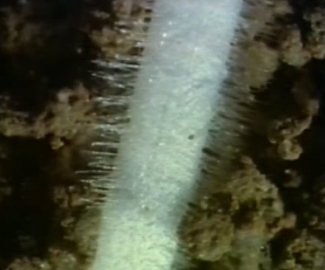Rooting
Roots fulfil a range of functions for a plant - they absorb water and nutrients and ensure the crop is anchored into the ground. Roots also perform functions for the soil - dead roots and substances excreted by roots are a source of organic matter and food for soil life. Roots contribute to forming soil structure and the cohesion between soil particles.
Roots fulfil a range of functions for a plant - they absorb water and nutrients and ensure the crop is anchored into the ground. Roots also perform functions for the soil - dead roots and substances excreted by roots are a source of organic matter and food for soil life. Roots contribute to forming soil structure and the cohesion between soil particles.
Pores in the soil give roots room to grow. Some plant roots, such as sunflowers, flax and clover, require pores of 0.3 to 0.5 mm. Crops with thicker roots, such as onion and leek, require larger pores. Roots can grow into small pores (0.2 mm) and enlarge them, causing pressures of 0.51 up to 2.43 MPa. The thickening of the roots shows that the roots experienced soil resistance. Roots cannot remove compacted soil or disrupting layers. Soil life contributes to the formation of the pores. Worm tunnels often contain strings of roots.
Nitrogen, phosphor, acidity and moisture level affect the root development. If there is more oxygen in the deeper layers of the soil, for example in the peat layer of clay on peat, the roots of the plants have a tendency to develop there. Plants invest relatively more in their roots if nutrients or water are in scarce supply. There are various measures to encourage root growth.


